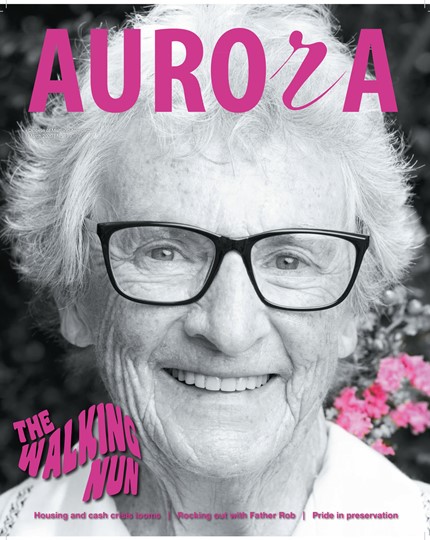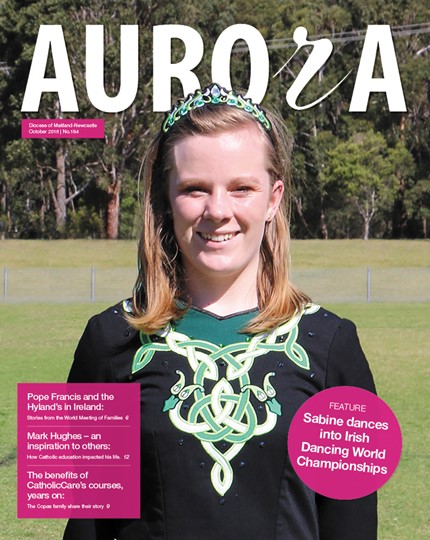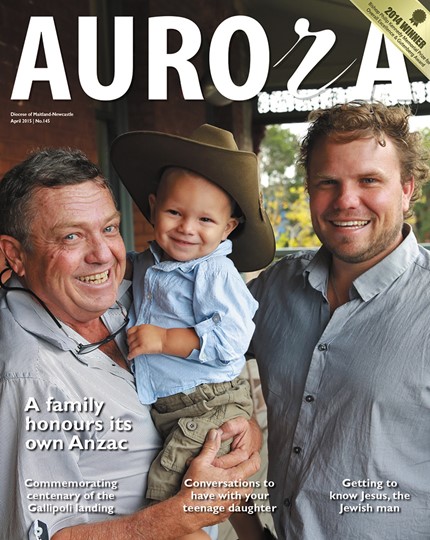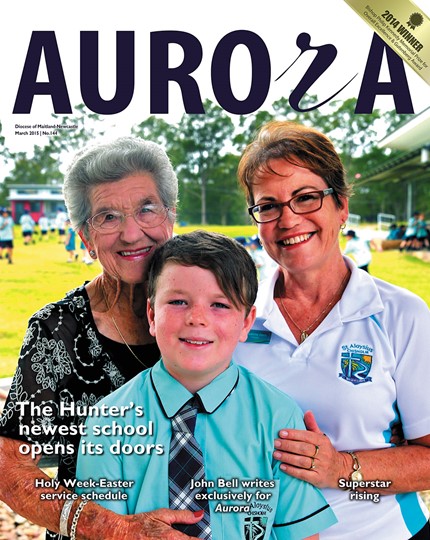It’s not news to anyone that Australians endured a summer that could only be described as intense, with more than 200 record-breaking extreme weather events driven by climate change. These figures have emerged from the Climate Council’s latest report.
Angry Summer 2016/17: Climate Change Supercharging Extreme Weather shows that summer temperatures soared to unprecedented heights, with capital cities such as Sydney experiencing its hottest summer on record.
In addition, the report highlights that Brisbane also sweltered through its hottest summer based on mean temperature, while Canberra experienced its warmest daytime summer temperatures since records began.
Councillor and climate scientist, Professor Will Steffen, said the effects of climate change touched every state and territory throughout the summer, with particularly intense heat and rainfall events.
“We’ve seen more than 200 records broken in just 90 days as a result of climate change. We’re experiencing unprecedented extreme heat and setting new records at an alarming rate, with every part of Australia feeling the impact,” he said.
The Report’s key findings include:
-
The 2016/17 extreme summer heat in NSW was 50 times more likely due to climate change.
-
Extreme weather events dominated the 2016/17 Australian summer, including record-breaking heat, severe bushfires, extreme rainfall and damaging flooding.
-
Sydney experienced its hottest summer on record, while it was Brisbane’s hottest summer on record in terms of mean temperature.
-
Moree in regional New South Wales had more than 50 consecutive days of temperatures 35°C or above.
-
Maryborough in regional Queensland observed a record 23 summer days of 35°C or warmer.
-
Canberra recorded January temperatures of at least 30°C on 23 days, while reaching 35°C on 12 days, the highest number on record for January.
-
Adelaide experienced its hottest Christmas day in 70 years at 41.3°C.
-
In Western Australia, a number of locations in the Kimberley had their wettest December on record, while several sites in the east Kimberley had their highest daily January rainfall on record.
“Climate change is driving hotter, longer and more frequent heatwaves, and the warmer atmosphere is holding more water vapour, stacking the odds towards more intense rainfall. Extreme weather will continue to intensify through this century if we continue to sit on our hands and fail to move rapidly to get fossil fuels out of our economy.”
A high-end emissions scenario (RCP8.5), equivalent to ‘business as usual’ greenhouse gas emissions, would result in a temperature increase of 2.8-5.1°C by 2090. This would likely make large areas of Australia, especially those in the interior, uninhabitable. Even if the temperature rose only 2°C from pre-industrial levels, a current 1 in 50 years extreme heat event in New South Wales would occur every five years. However, if greenhouse gas emissions are cut very rapidly and deeply, as required for a global temperature rise of 1.5°C above pre-industrial, Australian temperatures are projected to increase by only 0.6-1.7°C by 2090. Regardless of the ultimate level of temperature rise, major Australian cities will be affected significantly over the next two decades at least, with Brisbane, Canberra and Darwin set for the biggest proportional increases in the number of days with maximum temperatures 35°C and above.
Australia joined the rest of the world in Paris at the 21st United Nations Conference of the Parties meeting in December 2015 to increase the level of commitment to limit climate change. While carbon emissions flat-lined in China last year and declined in the United States, Australia’s emissions rose by 0.8%. This rise puts into serious doubt whether even Australia’s very weak emissions reductions target of 26-28% by 2030 can be achieved.
Climate Councillor and energy expert with more than 40 years experience, Andrew Stock, said demand for power during these intensifying heatwaves is also placing even more pressure on Australia’s antiquated energy system.
“Australia’s energy system is ageing, inefficient and polluting. Increasingly, it struggles to cope with more record-breaking heatwaves and extreme weather events,” he said.
Mr Stock said increasingly intense extreme heat events will place even more pressure on the country’s energy infrastructure, along with the economy and our health.
“Australians are crying out for leadership on climate and energy policy,” he said.
“It’s time for Australia to power our economy with a 21st century energy system, one which deploys proven renewable technology and storage solutions instead of relying on high greenhouse emitting fossil fuels. These fossil fuels are the very culprits feeding the extreme weather cycle. We have to stop backing the wrong horse.”
The Tenison Woods Education Centre Dinner will be held on 11 May at the Therry Centre in East Maitland. To enquire, please E Sharon Murphy or P Sharon, 4979 1134. Please visit Climate Council to read The Angry Summer 2016/17: Climate Change Supercharging Extreme Weather report in full.




























































































